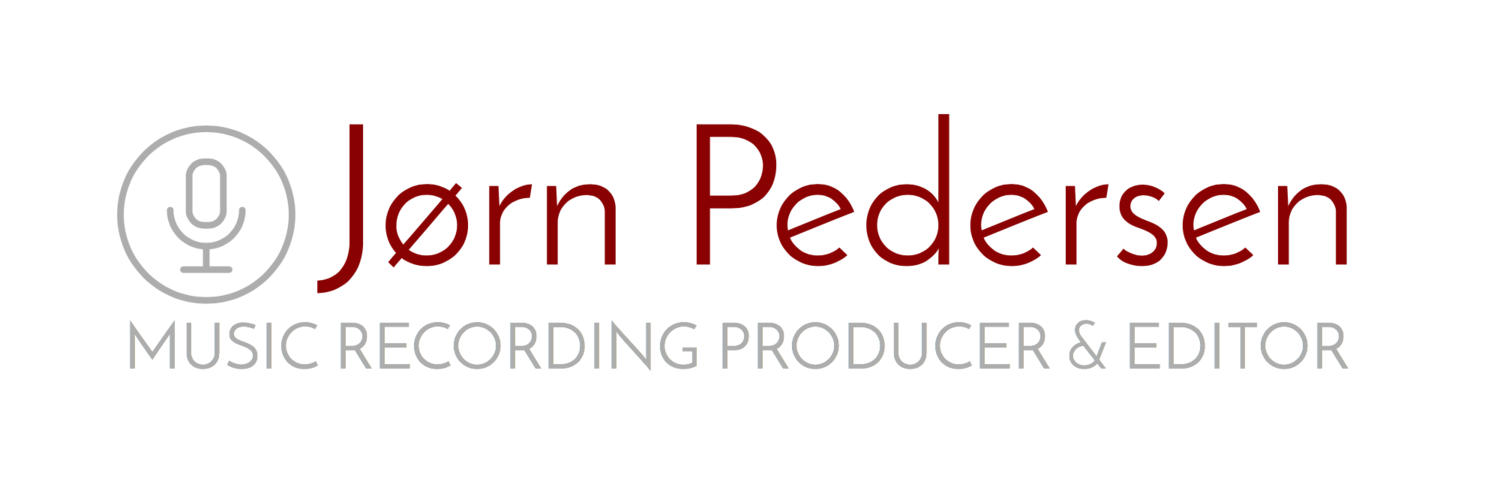Your Custom Text Here
The whole thing often kicks off with exchanges about repertoire and artists.
Then we start looking for a suitable location. This could be a church, a concert hall or a recording studio. It all depends on what is most suitable for the music and the artists involved. I believe that finding the best possible location is the single most important factor in getting a good sound for the recording.
I usually advice planning for a minimum of three days of sessions for a standard CD-project. The time needed will vary enormously from project to project and will be dependent on factors like repertoire, number of musicians and general complexity. Wind players and singers should generally allow more time as the sessions need to be spread out to cater for more breaks.
Some time before the sessions I ideally like to attend some rehearsals to get to know the artist(s) and their interpretation. I find that this helps getting the sessions quicker off the ground when we meet for the real thing.
We'll set up a 'control room' with computers and speakers in a suitable room as close to the 'studio space' as practically possible. In a typical church venue this is often a (cramped) side room whereas in some concert halls we could be several minutes and floors away. I communicate with the musicians in the 'studio' through a 'talkback speaker' and sometimes we also use a CCTV camera to keep everyone in check.
In the first part of the first session we have to spend some time getting the right sound and balance. Sometimes it's straightforward and we're there in about half an hour but other times it can be quite complicated to find a solution that everybody is happy with. If at all possible I always suggest meeting up the day before the first session - when the equipment is usually being set up - to do most of the work on the sound and balance. That way everybody can concentrate fully, with fresh minds and ears, on the music and the performance when we start for real.
When the hard-discs are spinning and the musicians start playing it usually gets quite intense. Everybody needs to really concentrate and pressures will sometimes run quite high. One of the big challenges with recording classical music is that everything is 'live'. Whenever there's more than one musician one person's mistake will make the section of the take unusable for everybody. Overdubs where people perform alone (like in a typical multitrack studio session) are hardly ever used.
Some people like to come in to the control room and listen quite often and others like to 'stay in the flow' and listen only occasionally. I usually advice the artist to at least listen after one of the first complete takes of a movement or section to make sure that the performance is coming across in the way it's intended. This also helps me 'tuning in to' the artist to enable me to better advice on whether we're going in the right direction or not. In my experience, too much listening is very tiring for most people, as the focus has to be changed all the time and can sometimes lead to a near obsession about not making mistakes - rather than 'staying inside the performance'.
Most of time I have a rough idea about which takes will best cover an area and sometimes it's good to listen in a break just to make sure we agree and are on the right track.
When it's all over and we all (particularly the artists) feel empty and exhausted I'll take the material away and start putting it together in a computer programme. A typical '1st Edit' takes a couple of weeks to assemble. When it's ready I'll make a CD and send out a copy to those involved to get comments. They usually come to me via email and after everybody's responded I'll go through everything and make a 'new and improved' version - a 2nd edit. Most of the time - after a few refinements of this version - we have a final master that we're all happy with. At times I've gone to 4th and 5th edits but that's quite rare. On some projects/occasions I also find that actually meeting up with the artist in person is the most efficient way to finalise the project. Sometimes musicians will come to my editing studio and sometimes I'll travel to them with a laptop. Some projects will also require a separate mixing stage where I'll meet up with the balance engineer to work out a final mix.
Typically a project takes 4-8 months from start to finish (a lot of that time is listening/responding to the different stages of refinement) - but it'll vary quite a bit for many reasons There's usually a deadline for the release looming in the future and in the end I always make sure we get there in time.
Alongside the musical/technical post-production photos will have to be taken, liner notes written, and the booklet designed. Finally all the parts will be merged at the CD factory and soon a shiny little disc will contain all our efforts in the past months.

